What is the full form of BAMS in MedicalBAMS: Bachelor of Ayurvedic Medicine and SurgeryBAMS stands for Bachelor of Ayurvedic Medicine and Surgery. Ayurveda is a conventional medical practice that has roots in India and dates back more than 5,000 years. It emphasizes the connection between the mind, body, and spirit and is founded on natural healing ideas. Ayurveda, which means "the knowledge of life," is taken from the Sanskrit words "ayus," which means "life," and "Veda," which means "knowledge." The foundation of ayurvedic medicine is the idea that each individual is a unique synthesis of the three doshas, or powers, vata, pitta, and kapha. These doshas control different bodily processes and are affected by environment, emotions, diet, and lifestyle. 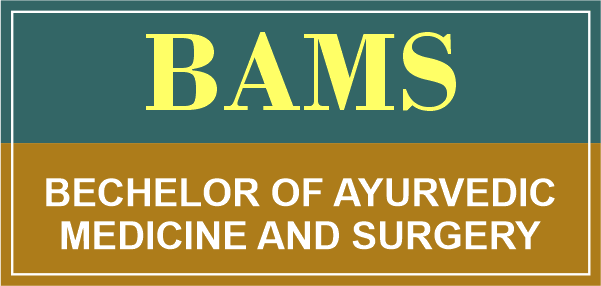
The goal of Ayurveda's holistic strategy for healing is to bring harmony and balance back to the body. It uses a variety of therapies to support bodily, emotional, and spiritual well-being, including herbal remedies, massage, meditation, yoga, and dietary changes. The World Health Organization (WHO) has acknowledged Ayurveda as a traditional system of medicine and has gained favor in recent years as an alternative form of medicine. It is significant because it can offer individualized, all-natural treatment choices for various chronic conditions and lifestyle-related illnesses. What is the Bachelor of Ayurvedic Medicine and Surgery (BAMS)?Ayurvedic medicine and surgery are the main study topics in the Bachelor of Ayurvedic Medicine and Surgery (BAMS) college degree program. The five-and-a-half-year program, including a one-year internship, trains students to become physicians and practitioners of Ayurveda. The BAMS program includes various topics, including fundamental medical sciences like anatomy, physiology, and pathology, as well as Ayurvedic concepts, diagnoses, and therapeutic approaches. Additionally, students study pharmacology, conventional surgical methods used in Ayurvedic medicine, and medicinal plants and botanicals. Through the BAMS curriculum, students will thoroughly learn about Ayurveda and its application to contemporary healthcare. It aims to give students the information and abilities to identify and treat different illnesses and promote wellness using natural treatments. The BAMS program involves clinical exposure in Ayurvedic hospitals, dispensaries and theoretical and practical instruction. Students must work under the direction of licensed Ayurvedic physicians during their internship to acquire real-world experience with patient care and treatment. 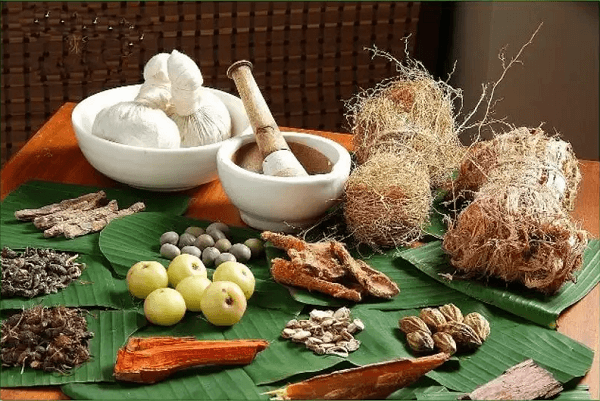
BAMS graduates are qualified to work as Ayurvedic medical professionals in clinics, private practices, and institutions. They might also seek advanced training in Ayurveda, such as an MD in the discipline, or they might choose to focus on panchakarma, ayurvedic drugs, or medical research. Requirements for Entry to the BAMS ProgramDepending on the college or university providing the program, the requirements for admission to the Bachelor of Ayurvedic Medicine and Surgery (BAMS) course may change. However, the standard requirements for BAMS are as follows: Academic QualificationsCandidates must have passed the 10+2 or an equivalent test from a recognized board with Physics, Chemistry, and Biology as their required subjects. Additionally, some schools might ask applicants to have taken Sanskrit as a required subject in their 10+2 years. Minimum ScoreCandidates must have passed the qualifying test with an overall score of at least 50%. However, the cutoff number for candidates in the reserved category may be lower at some colleges. Age RequirementBefore December 31 of the year of admittance, applicants must be at least 17 years old. Typically, there is no maximum age for entry to BAMS. 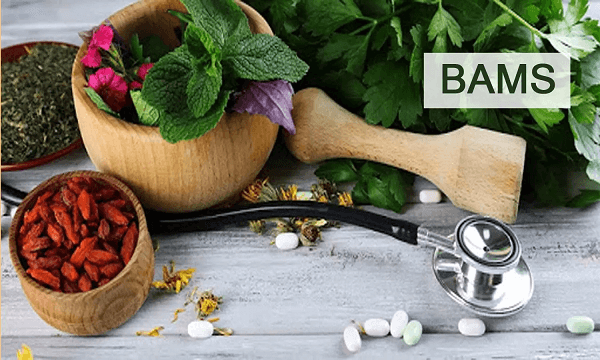
Entrance TestSeveral colleges and universities require applicants to take an entrance test to be considered for admission to the BAMS program. NEET-UG (National Eligibility cum entry Test-Undergraduate), AIAPGET (All India AYUSH Post Graduate Entrance Test), and other exams held by the state- or university-level officials are a few of the common entrance exams for BAMS. Additional RequirementsCandidates may also be asked to submit additional paperwork, including a medical fitness certificate, a conduct certificate, and other records as determined by the school. It is significant to note that the eligibility requirements may differ from institution to institution, so applicants are advised to consult the institution's official website for details on admission requirements and procedures. Coursework and Syllabus for the BAMS CurriculumThe Bachelor of Ayurvedic Medicine and Surgery (BAMS) program's syllabus and course structure may differ significantly depending on the institution providing the course. BAMS are as follows: First Year
Second Year
Third Year
Fourth Year
Fifth Year
With a focus on clinical exposure and practical experience, the BAMS program offers both academic and practical training. The course material will give students a thorough knowledge of Ayurveda and its application to contemporary healthcare. Students may have the option to specialize in fields like Panchakarma, Ayurvedic pharmacy, or clinical research in addition to the required basic courses. Students must complete a required one-year internship in Ayurvedic clinics and hospitals during their final year of study to acquire experience with patient care and treatment. 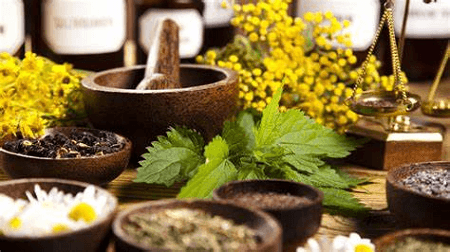
Opportunities for Clinical Instruction and Internships in BAMSClinical training and internships are crucial to the Bachelor of Ayurvedic Medicine and Surgery (BAMS) curriculum. These changes give students practical practice working with patients, making diagnoses, and using Ayurvedic medicine to treat illnesses. The second or third year of the school is typically when BAMS begins its clinical training, and it lasts through the final year. Students must engage in various clinical settings during this time, including Ayurvedic hospitals, dispensaries, and other healthcare facilities. They assist skilled Ayurvedic physicians in diagnosing, treating, and caring for various medical conditions by participating in these processes. BAMS students are expected to finish a one-year internship program in addition to their clinical training. The internship, typically in the program's final year, allows students to use the information and skills they have learned in a real-world situation. Under the supervision of seasoned Ayurvedic physicians, students treat patients in a clinical environment while completing their internship. The BAMS internship program prepares graduates for jobs as Ayurvedic physicians. It aids in developing the practical abilities needed to use Ayurvedic medicine to identify and cure various medical conditions. Additionally, it offers students the chance to expand their professional networks and get exposure to various healthcare settings, which can be helpful for their future jobs. In conclusion, internships and clinical instruction are essential to the BAMS curriculum. They give students practical practice working with patients and diagnosing and treating various medical conditions using Ayurvedic medicine. Graduates of BAMS programs are prepared for their future jobs as Ayurvedic physicians through the practical skills and knowledge they acquire through these opportunities. Opportunities and Future Career Paths After BAMSThe Bachelor of Ayurvedic Medicine and Surgery (BAMS) curriculum graduates can choose from several professions. Following are a few of the well-liked job paths open to BAMS graduates: Ayurvedic Doctor BAMS graduates can work as ayurvedic physicians who use Ayurvedic medicine to diagnose and treat patients. They may serve in Ayurvedic hospitals, private clinics, and other healthcare sites. Researchers Graduates of the BAMS program can also work as researchers, investigating cutting-edge Ayurvedic medical procedures and methods. They may serve government agencies, universities, and research facilities. 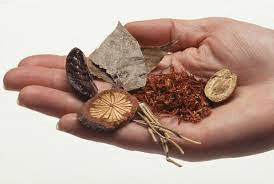
Ayurvedic Consultant BAMS graduates can also work as consultants, giving people pointers on Ayurvedic methods for living, eating, and caring for their bodies. They may serve in resorts, spas, and wellness facilities. Academician BAMS graduates may choose to work as Ayurvedic medicine instructors in schools and universities. Public Health Specialists Ayurvedic-based public health initiatives can be designed and implemented by BAMS graduates working as public health specialists. Governmental bodies, non-profits, or international groups may employ them. Entrepreneur BAMS graduates can open their own Ayurvedic clinics, wellness facilities, or healthcare companies that offer Ayurvedic medicine-related services and goods. Therefore, there are numerous job options in Ayurvedic medicine for BAMS graduates. They may pursue careers as Ayurvedic medical professionals, scholars, consultants, academicians, public health experts, or business owners. Global demand for Ayurvedic medicine is rising, offering graduates of BAMS a bright future in the field. Comparison of BAMS and Other Medical DegreesA medical degree program called the Bachelor of Ayurvedic Medicine and Surgery (BAMS) focuses on the ideas and methods of Ayurvedic medicine. Here are how the BAMS compares to some other well-known medicine degrees:
In summation, BAMS is an alternative medicine degree program that focuses on the practice of Ayurvedic medicine. It differs from MBBS, BHMS, and BUMS, which each concentrate on a particular branch of medicine: allopathy, homeopathy, or unani. BAMS is an option for students seeking a career in Ayurvedic medicine. At the same time, MBBS, BHMS, and BUMS are available for those who want to pursue allopathic, homeopathic, or Unani medicine careers. Problems and Disagreements with the Application of AyurvedaEven though Ayurveda has been used for thousands of years, there are still many problems and disagreements with the discipline. Here are a few of the major issues that Ayurveda practitioners face:
Although Ayurveda has been used for thousands of years and has many advantages, there are still many difficulties and disputes related to its application. Lack of scientific proof, safety worries, standardization and regulation, integration with contemporary medicine, and commercialization are a few of these. It is critical to address these issues to guarantee that Ayurveda is used safely and effectively. Future possibilities of BAMS and Ayurveda in healthcareAyurveda and BAMS have a substantial future in healthcare, especially in light of the rising popularity of complementary and alternative medicine. Prospects for Ayurveda and BAMS include the following: Integrative Medicine Integrative medicine, which blends traditional Western medicine with complementary and alternative medicine (CAM) practices like Ayurveda, is gaining popularity. As a result, Ayurveda and BAMS may play a significant role in conventional healthcare. Ayurveda and BAMS place more of an emphasis on health and prevention than they do on simply treating illness. As a result, they have a chance to contribute significantly to promoting health and preventing illness. Imbalances Ayurveda and BAMS concentrate on the person, their particular constitution (Prakriti), and any existing imbalances (vikriti). As healthcare moves toward a more individualized and personalized strategy, this personalized approach to medicine may become more significant. Globalization Outside of India, Ayurveda and BAMS are gaining popularity, especially in the US, UK, and Australia. Ayurvedic practitioners and BAMS graduates now have the chance to work abroad and cooperate with healthcare professionals from other systems. 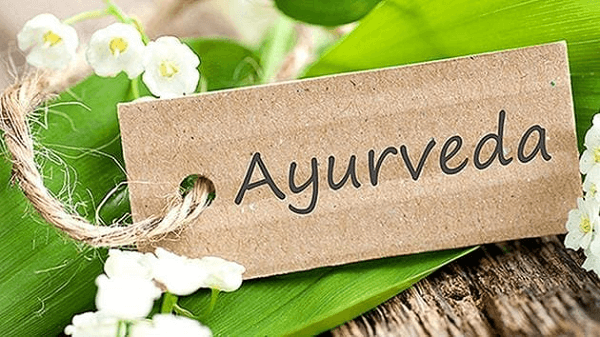
Research There is an increasing need to understand better the efficacy, safety, and mechanism of action of Ayurveda and BAMS. This could result in creating evidence-based Ayurvedic therapies and incorporating BAMS and Ayurveda into conventional healthcare. In conclusion, there is a lot of promise and opportunity for Ayurveda and BAMS in healthcare. They could contribute to wellness and prevention, deliver personalized medication, and become an essential component of conventional healthcare. Ayurvedic treatments based on scientific evidence may also be developed. Ayurveda and BAMS may be incorporated into conventional healthcare due to the globalization of Ayurveda and the growing interest in the study. Top institutions providing the BAMS programThe best colleges and universities in India that offer the Bachelor of Ayurvedic Medicine and Surgery (BAMS) program are listed below:
These colleges and universities are renowned for their top-notch teachers, state-of-the-art research facilities, and hands-on Ayurvedic medical training programs. Students have a variety of specialties to choose from, including Kayachikitsa, Panchakarma, Shalya Tantra, and Prasuti Tantra. Before applying, students must thoroughly study the colleges and universities to make sure the place will support their academic and professional objectives. Students are advised to check the official websites of the relevant colleges and universities for more information, as the application procedure and eligibility requirements may differ between institutions.
Next TopicFull Forms List
|
 For Videos Join Our Youtube Channel: Join Now
For Videos Join Our Youtube Channel: Join Now
Feedback
- Send your Feedback to [email protected]
Help Others, Please Share










